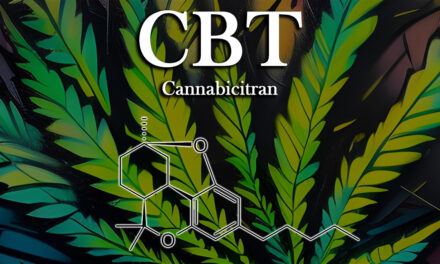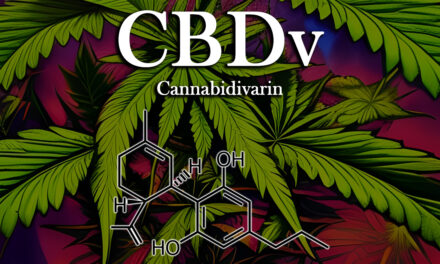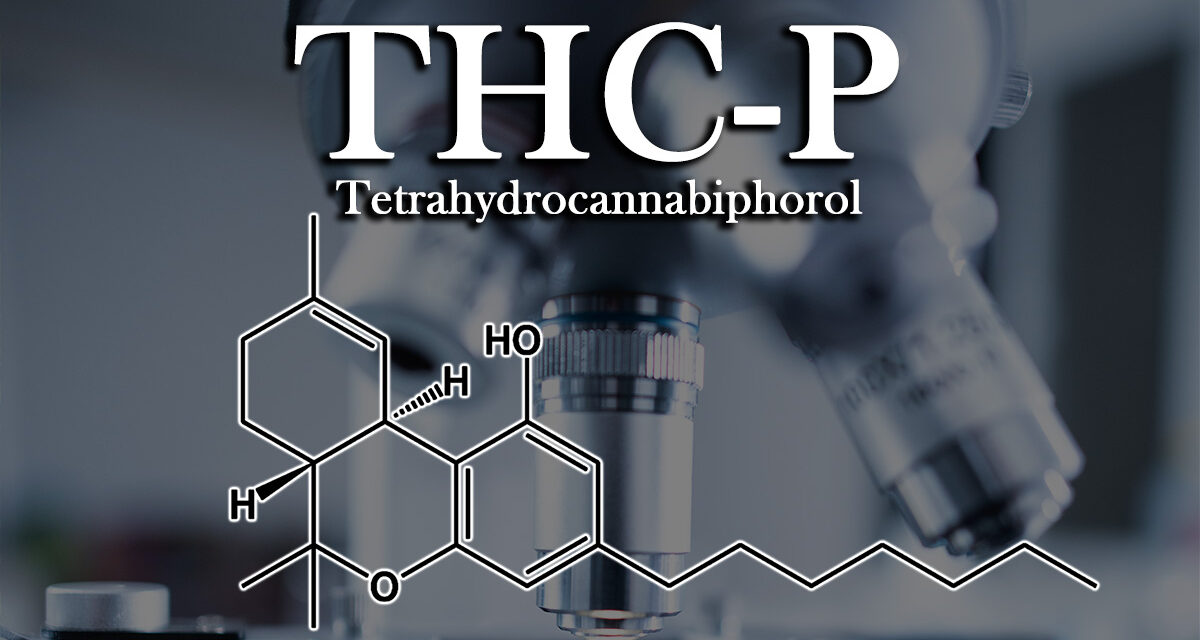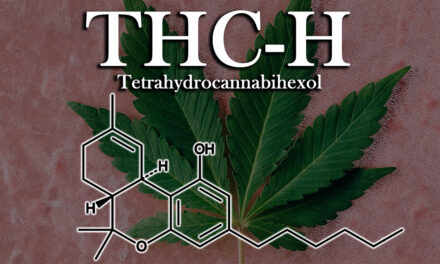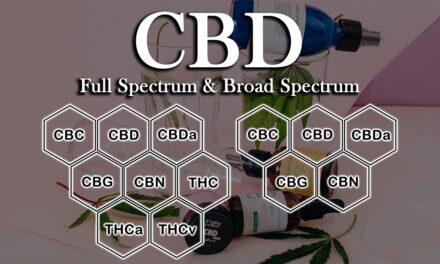THC-P, or tetrahydrocannabiphorol, is a natural psychoactive cannabinoid found in cannabis plants. It still brings medical and recreational benefits to the table just like THC and other cannabinoids. Part of the reason its gaining traction is it’s relatively new to the market, and the fact that it is federally legal. Let’s explore THC-P, what it is, the differences between THC and THC-P, the benefits and effects, and good shopping practices.
What exactly is THC-P?
THC-P is a phytocannabinoid meaning it is naturally occurring. It is currently the most potent cannabinoid in terms of psychoactive effects. Compared to THC it is 33 times more active! This means that THC-P has a more capable time binding to CB1 receptors in the ECS (Endocannabinoid System). There is not a high concentration or even much of THC-P in most cannabis strains and went undetected for an incredibly long time until recently.
THC-P, tetrahydrocannabiphorol was discovered by Italian researchers who published their findings at the end of year 2019. Part of their discovery showed that THC-P has a seven linked side chain compared to THC only containing a five linked side chain in its molecular structure. These two extra chains allow THC-P to bind to both CB1 and CB2 receptors more easily. As mentioned above, THC-P it is 33 times more active that THC, 63 times more than THCV, and still more active than any other cannabinoid so far discovered. It is thought that due to this higher connection, it could explain possibly why certain strains of cannabis with lower THC levels can still be more potent than others. So far there is no definitive research that proves this, but if so, it could explain why psychoactive and therapeutic benefits are greater in certain strains.
Due to there being such little amount of THC-P in all cannabis, it is typically derived from 100% cannabis hemp extract. Perhaps in the future more cannabis genetics will come forward that have a higher THC-P percentage so that this process isn’t used. The Hemp Farming Act of 2018 is what allows for this to legally occur, though certain States are starting to lock down all psychoactive cannabinoids regardless of where it’s derived from.
The Benefits and Effects of THC-P
THC-P hasn’t been thoroughly studied enough to know exactly all the effects it can cause. Most consumers have reported experiences ranging from euphoria, relaxed, and both mental and physical highs. Along side that it still can have adverse effects relatable to THC such as anxiety, memory loss, and other common effects. It is claimed to still provide the same medical benefits that THC touts such as chronic pain relief, antidepressant, anticancer, anti-inflammatory, and a possible aid for numerous neurological disorders. Besides THC-P being very similar to THC, the only certain benefit it has over THC is that it is currently federally legal. As mentioned earlier, certain States have outlawed or are in process of outlawing any and all psychoactive cannabinoids.
States where THC-P is possibly illegal or already is: Alaska, Arizona, Arkansas, Colorado, Delaware, Hawaii, Idaho, Illinois, Iowa, Kentucky, Louisiana, Maryland, Massachusetts, Michigan, Mississippi, Montana, New York, North Carolina, North Dakota, Oregon, Rhode Island, Utah, Vermont, Washington
*Please note that this list can be dramatically different since the publication of this article.
Where to Purchase THC-P and Best Practices
THC-P is truly just starting to hit the market this year. Most products you ‘ll be able to find are going to be Vapes, Gummies, and Tinctures. Down the road there will most likely be a greater variety of products on market. When you shop, be sure to review all product details. Make sure you check them for their COA (Certificate of Analysis). These are the reports from third party labs proving what compounds and percentages are inside the product, as well as ensuring it passed safe levels of contamination. Before using any THC-P products, check with your doctor if you’re on any medications. And as always, take THC-P products in small doses and see how you feel and expand from there.
We hope this brief information was useful, and do plan to revisit this amazing new cannabinoid down the road when more research becomes available! Tetrahydrocannabiphorol might just be the next big cannabinoid!


